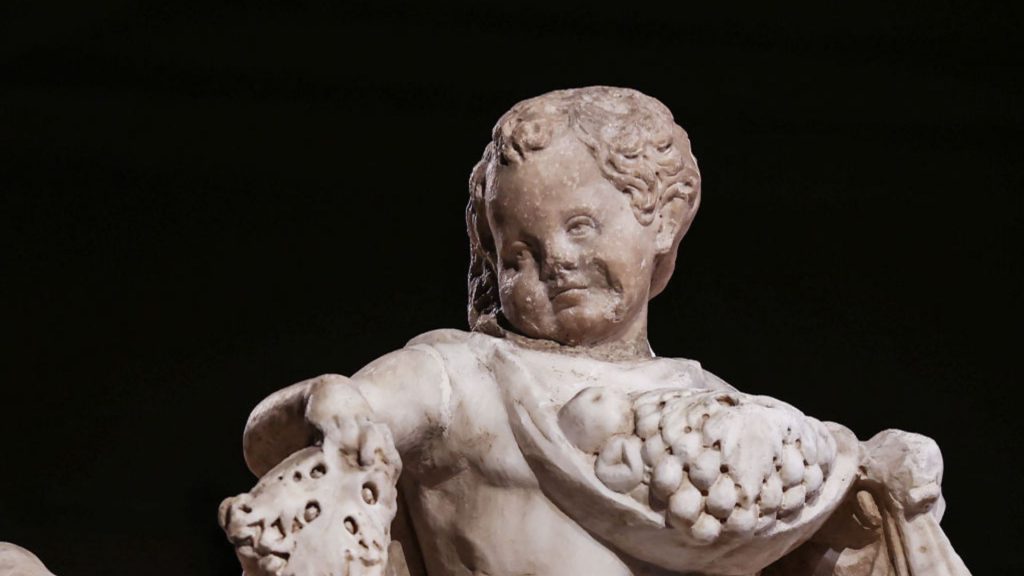A new law in England and Wales has been introduced to give national museums significantly more power to deaccession works and make progress on restitution cases.
The Charities Act 2022 is expected to come into force later this year and will allow charities, and museums, to dispose of objects where there is a compelling moral obligation to do so.
According to the Charities Act, museums will now be able to deaccession low-value assets without requesting permission; higher-value goods will still require consent from the Charity Commission, the attorney general, or a court.
Museums had previously been limited to the National Heritage Act 1983 and that had restricted the trustees of major UK museums from deaccessioning objects from the collection except under certain circumstances, like if they are a duplicate of beyond repair.
“Given the growing increase in moral and political pressure on museums and their trustees to “do the right thing”, this legislation provides new avenues for trustees to explore,” said art lawyer Petra Warrington of Charles Russell Speechlys to Artnet News.

“Helping them to find solutions where originally the law had not provided a legal framework for restitution. It is a very positive development.”
The new regulation may also increase a museum’s ability to repatriate cultural items in addition to returning stolen art and human remains.
Earlier this year, a head of Eros from the 3rd century was sent to Turkey after it had been detached from a sarcophagus in the 19th century and brought to the U.K. by a British official.
This “renewable cultural partnership” transfer, which is technically a long-term loan of V&A property because returning the object would have violated the National Heritage Act, is being done.
The new legislation will override Attorney General v. Trustees of the British Museum, a 2005 decision from the High Court that blocked trustees of the British Museum from returning objects based on a moral obligation in accordance with the Charities Act 2011.
This effectively created a false distinction between statutory charities like museums and other charities. The 2022 act instead emphasizes that the “stand-alone statutory power” can be exercised by “any charity.”
Source: Artnet

